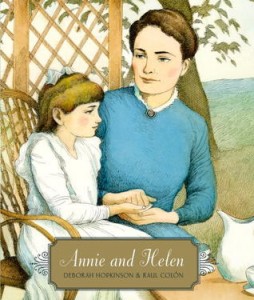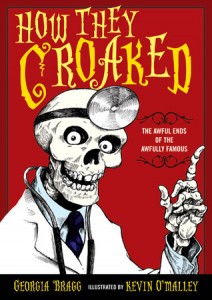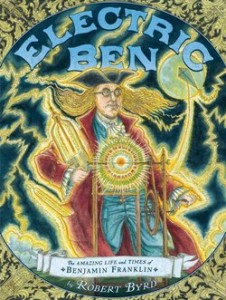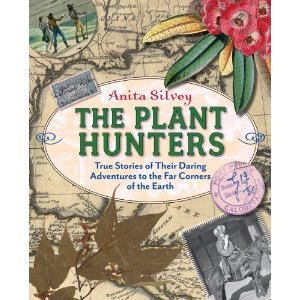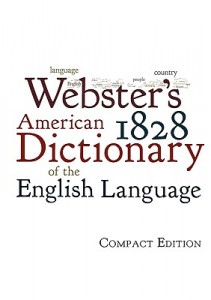Why aren’t books rated like movies? How do I determine which books are appropriate for my child?
I recently heard from a teacher who wanted to know why books are not rated like movies so that she could select books to read in class that would not have any objectionable language or content. Selecting appropriate books to share with children is not a simple task. Concerns about content are varied and range from sexuality and cursing to dealing with death and grief or violence and addictions. With more than 50,000 books published each year, it would be impossible for books to be labeled like movies (less than 500 films are released each year). But even if they could be rated, libraries adhere to the American Library Association’s Freedom to Read statements that preclude labeling books in any manner that serves to restrict access to materials or that is not viewpoint-neutral.
While libraries don’t add labels to rate books or other materials in the collection, library staff can help parents determine what a book is about and provide information to help you decide whether the content is appropriate for your own child. Help in selecting materials is often called “reader’s advisory” and librarians use reviews and other resources, including our own experience with the author or the book, to provide information about the book. Reviews that are used to select books for the library collection will often mention if the subject is for a more mature reader or deals with a controversial topic, and may even tell you if the topic is dealt with in a way that is not age-appropriate for the intended reader. There are also privately operated databases like Common Sense Media, http://www.commonsensemedia.org/, that provide reviews for parents, focused on various concerns about the content of books and other media. In addition to offering information about violence, drugs, language, and sexuality, these reviews look at other concerns like consumerism, extreme emotions, and positive role models.








